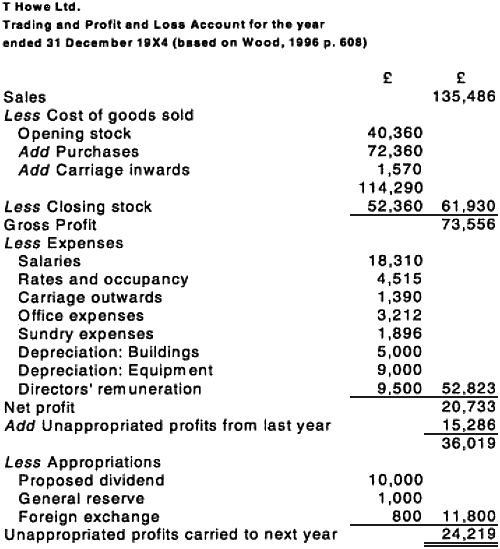Authors
Brian Knight, David Chadwick, & Kamalesen Rajalingham
Abstract
In this paper, we discuss the problem of the software engineering of a class of business spreadsheet models.
A methodology for structured software development is proposed, which is based on structured analysis of data, represented as Jackson diagrams. It is shown that this analysis allows a straightforward modularisation, and that individual modules may be represented with indentation in the block-structured form of structured programs.
The benefits of structured format are discussed, in terms of comprehensibility, ease of maintenance, and reduction in errors. The capability of the methodology to provide a modular overview in the model is described, and examples are given. The potential for a reverse-engineering tool, to transform existing spreadsheet models is discussed.
Sample

This typical spreadsheet layout lacks indentation to indicate semantic levels of both the row labels and the data values themselves.
In this research, the suitability of a methodology based on Jackson charts for spreadsheet modelling has been investigated. It appears that there are several possible advantages to the adoption of a structured method based on a Jackson data oriented approach.
These advantages may be summarised as:
- A clear modularisation principle.
- A top-level overview of module structure.
- A structured 'indented' format to the layout of modules.
- The possibility of automatic structuring of existing spreadsheets.
Publication
2000, EuSpRIG
